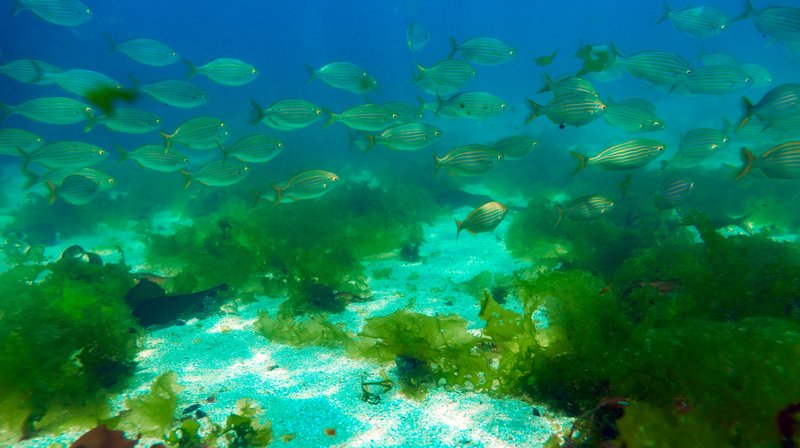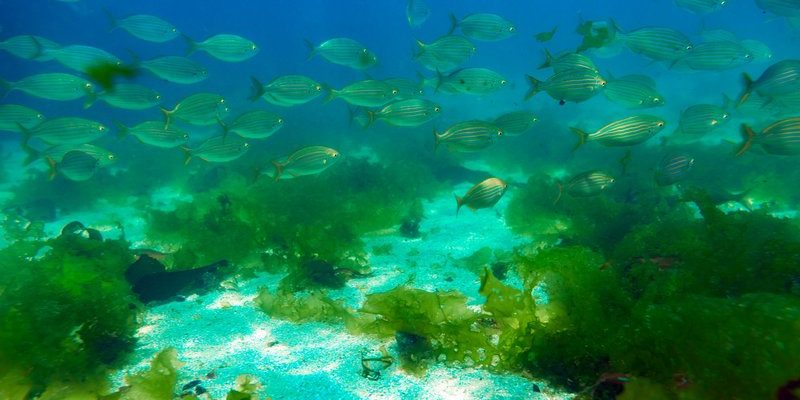
These crabs are more than just delicious; they’re crucial for the health of estuaries. But as the planet gets warmer and sea levels rise, the blue crab faces a new set of challenges. Let’s dive into how climate change is impacting these fascinating creatures, and what it means for our ecosystems and seafood lovers alike.
Temperature Changes and Blue Crab Habitats
Blue crabs prefer warm waters, but there’s such a thing as too warm. As ocean temperatures rise due to climate change, these crabs are being forced to adjust. Higher temperatures can lead to stress, affecting their growth and reproduction. Imagine being in a sauna for too long—you’d start to feel drained, right? That’s what it feels like for these crabs when ocean temperatures spike.
The ideal water temperature for blue crabs is between 21°C to 32°C (70°F to 90°F). When temperatures exceed this range, it can disrupt their mating patterns and reduce their chances of survival. This could mean fewer baby crabs entering our bays and rivers, which is concerning for both the ecosystem and the fishing industry.
The Upside: Expanding Their Range
Interestingly, warmer waters might also allow blue crabs to expand their range. As they migrate northward to cooler areas, this could temporarily boost populations in regions like New England. However, this shift might also lead to increased competition with local species, which may not adapt as quickly. Here’s the thing: while it’s great to see blue crabs thriving in new places, it can upset the balance of local ecosystems.
Importantly, we shouldn’t overlook the impact on local fisheries. If blue crabs start showing up in areas where they weren’t previously found, it could create opportunities but also challenges for fishermen and regulators alike.
Ocean Acidification and Its Impact
Another key factor to consider is ocean acidification, which is closely tied to climate change. As we pump more CO2 into the atmosphere, a lot of it gets absorbed by the ocean, causing the water to become more acidic. You might be wondering, “How does that affect blue crabs?” Well, acidic waters can hinder the development of crab larvae. Just like us, younger crabs need the right environment to thrive.
When the pH level of the ocean drops, it becomes difficult for young crabs to form their shells. Think of it like trying to build a sandcastle with wet sand that keeps collapsing. If these larvae can’t develop properly, we could see a significant decline in blue crab populations in the coming years.
Food Sources at Risk
The food that blue crabs rely on is also affected by ocean conditions. Shellfish and other organisms that crabs like to eat can be significantly impacted by acidification. If their food sources decline, blue crabs will have to work harder to find enough to eat. This could affect not only their growth but also their population numbers over time.
Declining food sources could drive blue crabs to seek out new habitats, which can lead to more interaction with other species and ecosystems. This could disrupt the local food web, affecting many marine creatures, from fish to seabirds.
Rising Sea Levels and Habitat Loss
Climate change is causing sea levels to rise, which can inundate important crab habitats like marshes and estuaries. These areas are crucial for blue crabs, especially for breeding and nursery grounds. If these habitats are lost, it’s like taking away the crabs’ kindergarten.
Urban development and natural erosion are also threats to these habitats. When shorelines are altered, blue crabs lose the places they call home. Without sufficient nursery areas, fewer juvenile crabs will survive to adulthood, which can lead to population declines.
The Role of Restoration Efforts
Thankfully, there are efforts underway to restore critical habitats. Initiatives like wetland restoration help rebuild ecosystems where blue crabs can thrive. These projects can enhance water quality and create new breeding grounds. As we tackle climate change, restoring these vital areas can provide a safety net for blue crabs, allowing them to bounce back even as their environment changes.
Fishing and Economic Implications
The blue crab fishery is a major economic driver in many coastal communities. However, climate change poses significant risks to this industry. Changes in crab populations can lead to fluctuations in supply, impacting local economies that depend on crab fishing.
Fishermen might find themselves adjusting their methods or routes, or even facing stricter regulations. This can be frustrating, especially when the rules seem to change with every season. It’s a lot like trying to catch a moving target; just when you think you’ve got it figured out, the rules change.
Moreover, fluctuating populations can lead to inconsistent prices at local seafood markets. This creates uncertainty for consumers too—nobody wants to pay a premium for crabs that are becoming harder to find.
Ways to Support Blue Crab Populations
One way to help blue crabs is by supporting sustainable fishing practices. When consumers choose sustainably sourced seafood, it encourages industries to adopt better methods that protect marine life. You can also participate in local conservation efforts, whether it’s planting native vegetation around shorelines or supporting organizations that work to restore crab habitats.
Make informed choices about where your seafood comes from, and advocate for policies that protect our oceans. Every small action contributes to a larger movement for healthier marine ecosystems.
The Future of Blue Crabs
Looking ahead, the future of blue crabs depends on our willingness to tackle climate change. Their survival is a reflection of the health of our coastal ecosystems. If we take steps to mitigate climate change and restore habitats, there’s hope for blue crabs and many other marine species.
With climate models predicting more extreme weather patterns and rising temperatures, it’s crucial to remain proactive. The more we understand about these impacts, the better equipped we’ll be to adapt and protect our marine life.
In conclusion, while climate change poses serious threats to blue crabs, there are paths forward. With awareness, action, and community involvement, we can work towards a healthier ocean and a brighter future for these remarkable crustaceans. Let’s not wait until it’s too late to make a difference.

